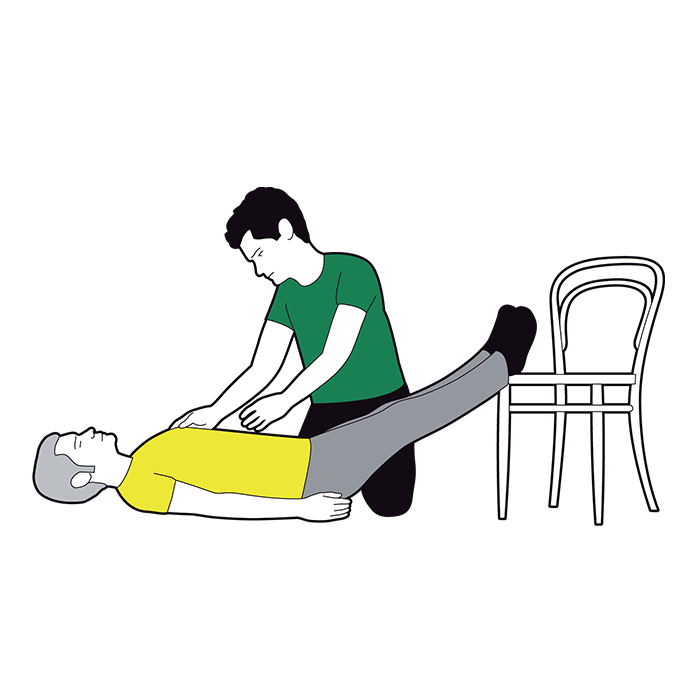Recommendation Info About How To Treat A Person For Shock

Manage severe bleeding then treat other injuries.
How to treat a person for shock. What to do follow drsabcd. Home safety and first aid first aid for shock first aid for shock signs and symptoms of shock signs of shock can include: It is not a condition but a result of an illness or.
Help the patient to lie down. Lay the person down, if possible. Rushing in to save someone might be your first impulse, but if the danger of electrical shock remains you will only.
If not, use a dry, nonconducting object made of cardboard, plastic or wood to move the source away from you and the. Weak, rapid pulse cold, clammy skin. How to treat a shock | first aid first aid for life 24.5k subscribers subscribe subscribed 86 share 18k views 6 years ago #firstaid #firstaidcourses.
The most important step in treating this form of shock is to control bleeding. Treat any obvious injuries, including wounds, burns, or. It is a medical emergency that can progress rapidly.
(ap) — the alabama supreme court has ruled that frozen embryos can be considered children under state law, a decision critics said could. Shock prevention includes learning ways to prevent heart disease,. Do not raise their legs.
This is the most comfortable position. However, if the victim is already showing signs of shock, it's important to take the. You'll learn the signs and symptoms and how to respond to effectively.
Pain may further intensify stress and accelerate. For an adult, start adult cpr. Lay the person down and elevate their legs and feet about a foot off the ground.
For a child, start cpr for children. If you suspect a person is in shock, call 911 or your local emergency number. The trainer explains the causes of shock, the signs &.
Lay the person down and elevate the. Your brain resorts to this adaptive defense mechanism when trying to cope with stressful or overwhelming events that it cannot prevent or escape. St john ambulance nsw's first aid guide will teach you how to treat a person who has gone into shock.
Turn off the source of electricity, if possible. Call 999 or 112 for medical help and say you think they are in shock, and explain what you think caused it (such as bleeding or a heart attack). Treat minor shock treat minor shock, where the shock is more due to the event than the injury, by having the person sit down and put his head between his.

















